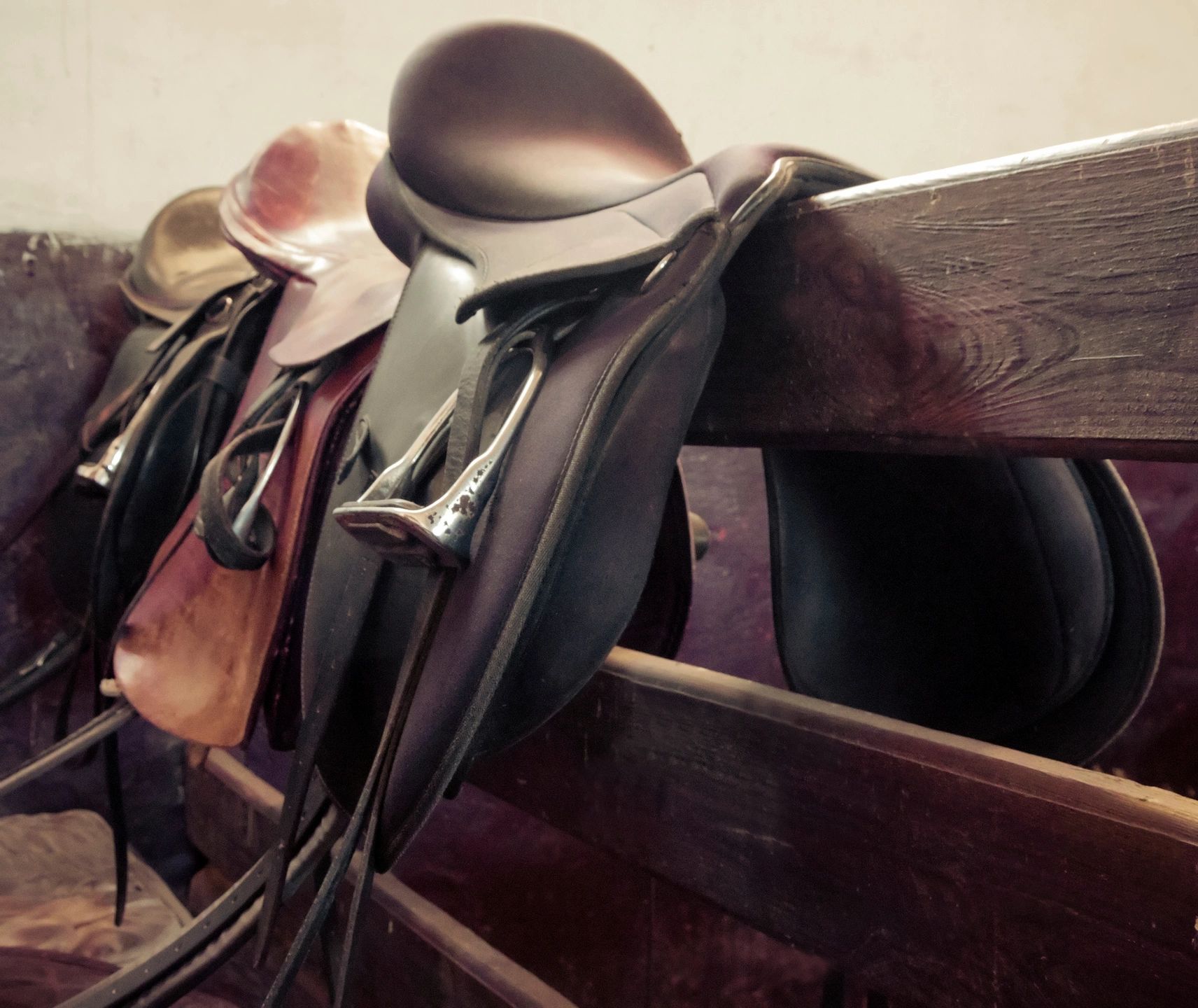There are a few things in our lives that we give less attention to than a mop. We all know what it is, what it is used for, but how much do you really know about one of the most used cleaning tools in your arsenal of cleaning tools? For instance, when did this handy dandy original wet and dry shop mop come onto the world scene? The whole thing started back in the late 1400’s when housewives were keeping their Middle Ages homesteads clean while the men were out harrowing fields, fighting surfs, conducting witch hunts, or whatever else those crazy Middle Ages men did. Interesting though, the majority of houses then did not have floors. A mop would not have been too effective on dirt. Obviously then, the tool was not meant for the average peasant, but for those wealthy enough to afford at least a stone or wood floor. A mop would have been a most welcome tool to them. Another tool that made its debut with the mop was called, ‘ a Cleaning Lady.’ They, rather than the mistress of the house would have been on a fist name basis with the mop.
These first mops were popular only because there was nothing to compare them too, except a straw broom, and then mops would win out every time. The implement was more versatile, sturdier, and much easier to handle. Mops were as much a part of the lives of these 13th Century cleaning ladies as was a straw broom to an accused witch. Only drawback was a mop could not fly. Consequently, not many witches were seen around the villages carrying mops. That would have been a clever disguise though. Beter to be mistaken for a cleaning lady than accused of being a witch. Cleaning ladies had considerably longer lifespans.
Four hundred ninety-three years later, in 1893, an African American inventor took his turn at the tool. Thomas W. Steward took the ancient mop, added a few bells and whistles, replaced the horse hair with yarn and patented the first American made 19th Century mop. It is Steward’s designs that most modern-day mops are fashioned after. Although now, mops come in about every shape, length, width, and color imaginable, they are still the basic thing of a bundle of yard twisted together, jammed into a housing, and screwed onto a pole. You still have the choice between a dry mop, a dust mop, or a wet mop, and if you can afford it, there is no compromising on the cost. If you spend the extra money, some of these modern mops come with a second mop head, or a bucket. None of them, however, come fully equipped with a live house cleaner, (No longer referred to as a gender specific cleaning lady.)
Like many other words in the English language, the word, ‘mop’ has morphed into several other meanings but accompanied with the same imaginary of a mop. Whole phrases have been conceived with the word mop in them somewhere. Often times having no correlation to the original meaning. Example, have you ever said to someone, ‘…. now I have to mop up after you!’ This is a person who, not unlike a cleaning lady is someone who follows someone else
just to be there to fix something that person broke. Usually a relationship of some sort, or a bad business deal. ‘(…. mop up your mess!)’ A similar situation to our first example, but usually not as serious as the first. In other cases, like a mess in the kitchen, the problem was not caused by the rescuer.
One request or advisory we have all heard involving a mop, especially in a grocery store, is, ‘.….mop up on isle 5!’ the voice says over the PA system, usually following the sound of breaking glass, cans tumbling to the floor, or some sone scream a list of obscenities off in a distant corner of the store. Tehn, we see the clerk or stock person, scampering with a mop and mop bucket on wheels towards isle 5.
On a way different level in an extreme opposite direction, in the 1960’s, during what was called the British invasion led by the Beatles, a haircut of all things gained momentum. The Fab Four, while in Hamburg met a German hair stylist who introduced them to the cut, called The Mop Top. It was simple looking, but complex hair cut that involved, comb overs, feathering, and short bangs. Each member had their preference on the design, and one, George Harrison even named his, Arthur. No one knows why.
From a Middle Ages cleaning tool to 1960’s hair style, both of which are still around today, the mop has been through history. The next time you bush your across your kitchen floor, living room hardwood, or bathroom tile, you will probably not have any of this information on the tip of your brain, but you will have clean floors.
The Mop




